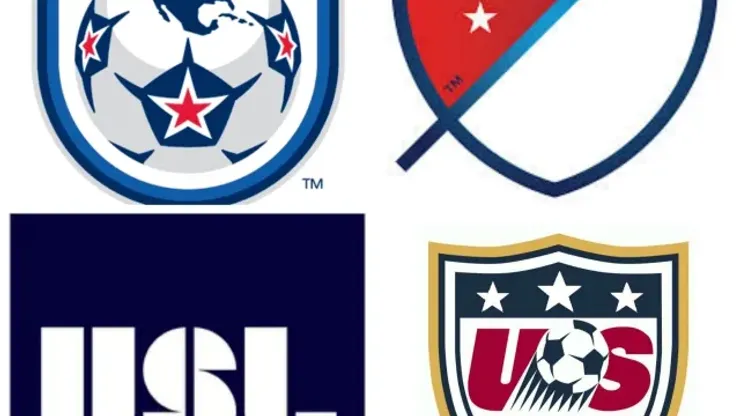The continuing battle being waged publicly over the value of Division 1 sanctioning within the US Soccer pyramid has the making of the start of another “soccer war,” which the sport in North America can scarcely afford. While many fans of the game in the United States and Canada simply watch foreign leagues on their TVs or computers, others are deeply invested in community-based soccer projects and local professional clubs.
Without promotion and relegation within the pyramid the governing body for the sport, the US Soccer Federation (USSF) has been empowered to set arbitrary standards for designation of leagues and the member clubs within the leagues.
I don’t want to get into the specific discussions about the standards currently set by the USSF for Divisions One, Two and Three. I do however feel it is necessary to articulate why within a system without promotion and relegation, an option should be placed on the table to end division designations while at the same time eliminating the calls for promotion and relegation within the existing league structure.
Last week on the Divers and Cheats show, Soccer Reform’s Ted Westervelt argued for building side-by-side pyramids within the US system that have promotion and relegation. In an ideal world, that is a noble goal. However, in the current landscape it seems a long way off indeed. But with the present-day structure not built for promotion and relegation while being governed by a body, the USSF, that has been accused of conflicts of interest regarding the pro leagues, perhaps a solution would be to eliminate these designations.
The United States structure already has numerous elements in violation of FIFA principles and seemingly contrary to the way game is organized abroad. Thus lifting the division structure, which might seem so foreign or controversial, would simply be the latest in a long line of tweaks to ensure the sport continues to grow in the all-important North American market.
Allowing the three fully professional US leagues (MLS, NASL and USL) to compete in an open marketplace without the potential prejudices of the governing body or the arbitrary nature of the current league standards would give each club and league and opportunity to control their own destiny.
The marketplace could then clearly decide which leagues are more prominent and which clubs are the best run. Like college sports where the Southeastern Conference (SEC) and Atlantic Coast Conference (ACC) have a similar league designation as D1 college conferences, the leagues could exist side-by-side and compete for fans, players, sponsors, investors and credibility.
Major League Soccer has done an impressive job, in a business sense, of building its brand. In a designation-less pyramid, MLS could use its single-entity brand and enormous reach with sponsors to compete on its own terms in its own way with NASL, which advocates a more open, and laissez-faire approach to its league. The clear differences between leagues could be compared side by side. Eventually the market might dictate that NASL has no business expanding to larger markets or playing in substandard facilities while MLS attracts global superstars and top-dollar sponsorships. Or similarly the marketplace could decide they like the NASL with its smaller stadiums, more intimate atmosphere and more tactical approach to game management.
I am not necessarily an advocate for this point of view. However, as the discussion progresses on the standards written and imposed by the USSF with regards to pro leagues, I do believe this is a tact that should be at the very least debated. Unless we have promotion and relegation, perhaps the most objective and fairest way to let leagues and clubs be what they want to be is by eliminating the pro league division designations.
200+ Channels With Sports & News
- Starting price: $33/mo. for fubo Latino Package
- Watch Premier League, Women’s World Cup, Euro 2024 & Gold Cup
The New Home of MLS
- Price: $14.99/mo. for MLS Season Pass
- Watch every MLS game including playoffs & Leagues Cup
Many Sports & ESPN Originals
- Price: $10.99/mo. (or get ESPN+, Hulu & Disney+ for $14.99/mo.)
- Features Bundesliga, LaLiga, Championship, & FA Cup
2,000+ soccer games per year
- Price: $5.99/mo
- Features Champions League, Serie A, Europa League & Brasileirāo
175 Premier League Games & PL TV
- Starting price: $5.99/mo. for Peacock Premium
- Watch 175 exclusive EPL games per season






